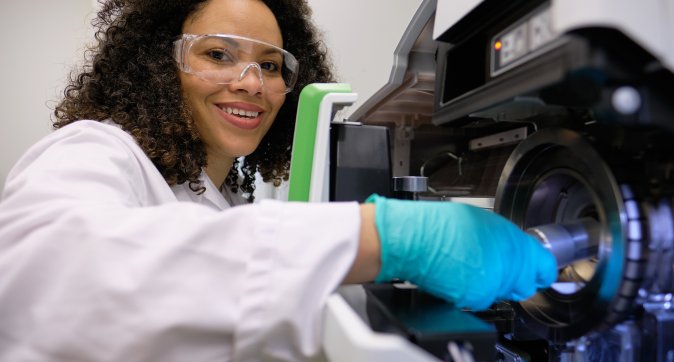 Imagine being able to rapidly test animals for antibiotic treatments, efficiently and economically. Well, the team at Wageningen Food Safety Research (WFSR) has brought this vision to life. They’ve developed a groundbreaking method that permits immediate insight into antibiotic use.
Imagine being able to rapidly test animals for antibiotic treatments, efficiently and economically. Well, the team at Wageningen Food Safety Research (WFSR) has brought this vision to life. They’ve developed a groundbreaking method that permits immediate insight into antibiotic use.
Employing a nifty technique known as a ‘swipe sample’, the test evaluates a sample of an animal’s skin to establish the antibiotics administered, even if the treatment is already complete. The swift revealing of information doesn’t just stop there. The test, remarkably, can trace antibiotics on a molecular level in any material derived from animals. Think chicken treats!
“The rapid test allows researchers to find traces of antibiotics at the molecular level, even in dead animal material like chicken treats. It provides immediate results and is an attractive alternative to expensive and slow laboratory tests on antibiotic residues in milk and meat.”
This swift detection method also passes the affordability test. Who wouldn’t love an attractive alternative to costly, time-consuming laboratory tests on antibiotic residues in milk and meat? However, as promising as this sounds, it’s essential to note that the test isn’t completely ready for application in practice – yet. Researchers are still investigating if antibiotic traces can be transmitted to animals.
Yet, the potential of this innovation doesn’t just rest with antibiotics. The WFSR researchers also envision more captivating applications for these prompt tests utilizing similar technology. They could be instrumental in examining batches of raw animal feed materials for harmful fungi and toxins. A quick test done in the port could determine if the parties can immediately release feed based on favourable outcomes.
Intriguing, right? Couldn’t agree more. Here’s to revolutionizing, shaping, and improving the future of food safety.











